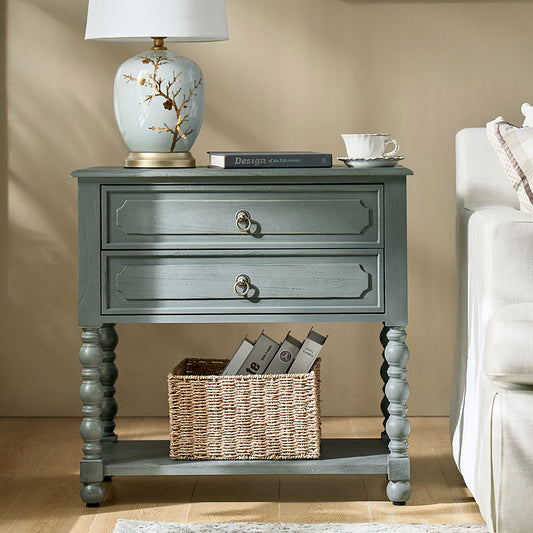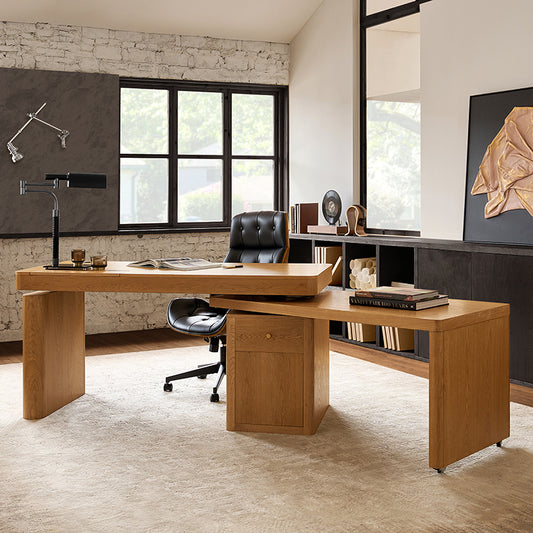Many people find cleaning leather sofas to be a headache. Leather sofas are comfortable to use and are a popular choice when purchasing furniture. However, over time, sofas inevitably get dirty and need cleaning. If not cleaned regularly, not only will the sofa’s overall appearance be affected, but dirt will also accumulate, making future cleaning more challenging and shortening its lifespan. Next, follow Hulala for some simple cleaning methods that will teach you how to maintain and clean your leather sofa.
Types of Leather Couches
Understanding the type of leather you own is essential for selecting the right cleaning methods.
Genuine leather is durable and has a distinct texture. It’s more resistant to wear but needs consistent moisturizing.
Faux leather is less sensitive but still benefits from regular cleaning. Avoid harsh chemicals that could cause peeling.
Suede is soft and delicate, requiring gentler cleaning approaches. Only use specific suede leather cleaners for best results.

Hulala Leather Sofa
General Leather Sofa Cleaning Tips
Start with these basics before diving into more specific problems.
Use a soft brush attachment on your vacuum to remove dust and debris from your leather sofa. Vacuuming once a week prevents particles from scratching the surface.
Mix a small amount of mild, unscented soap with warm water. Dampen a soft cloth with this solution and gently wipe the leather, avoiding oversaturation.
Condition your leather every 6-12 months to maintain its suppleness. Look for conditioners specifically formulated for leather furniture to avoid discoloration.
How to Clean a Leather Sofa?
We have gathered and organized many questions from our users regarding the stubborn stains they encounter on their sofas. Here's a consolidated guide for handling various stains, odors, and issues on a leather couch:
1. Removing Cat and Dog Urine Odors
Blot Up the Urine (Fresh Stains): Use a paper towel or soft cloth to absorb as much urine as possible. Gently press down on the area without rubbing, as rubbing may spread the stain.
Vinegar Solution (for Cat Urine): Mix equal parts white vinegar and water in a spray bottle or bowl. Lightly spray or dab the solution onto the affected area. Be cautious not to soak the leather, as excess liquid can damage it. Vinegar helps neutralize odors.
Mild Soap Solution (for Dog Urine): If it’s a dog urine stain, mix a few drops of mild dish soap with warm water. Dampen a soft cloth and gently blot the area.
Baking Soda Absorption: After applying vinegar or soap, sprinkle a light layer of baking soda over the area. Allow it to sit for several hours (or ideally overnight), then vacuum up the baking soda. This will help absorb any lingering smells.
Leather Conditioner/Cleaner: Once dry, apply a leather conditioner or cleaner to restore the couch’s finish and prevent any drying or cracking.
2. Removing Mold
Ventilation: To avoid inhaling mold spores, open windows or ideally work outdoors if possible.
Isopropyl Alcohol Solution: Mix equal parts isopropyl alcohol (at least 70% concentration) and water. Dampen a clean, soft cloth with the solution and gently wipe over the mold-affected areas. Avoid soaking the leather as it can cause damage.
Dry Thoroughly: Immediately after wiping, use a dry, clean cloth to remove any moisture. Pat dry carefully, as excess moisture can lead to further mold growth.
Leather Conditioner: Follow up with a leather conditioner, applying it in small circular motions. This prevents drying and keeps the leather soft.
3. Neutralizing Smoke Odor
Baking Soda Layer: Sprinkle a thin layer of baking soda across the surface of the couch, particularly on the areas with a strong smell. Leave it for several hours to absorb the smoke odor.
Vacuum the Baking Soda: After letting it sit, vacuum up the baking soda with a soft brush attachment to avoid scratching the leather.
Vinegar Mist: Prepare a misting solution by mixing one part white vinegar with two parts water. Lightly spray or dampen a soft cloth with the solution, gently going over the couch surface. Avoid oversaturation.
Air Out the Couch: To fully eliminate the smoke smell, place the couch near an open window or in a well-ventilated room to air out.
4. Fixing Scratches
Leather Conditioner for Light Scratches: Put a small amount of leather conditioner on a soft, lint-free cloth. Rub it into the scratch in a circular motion to help blend it into the surrounding leather.
Olive Oil for Deeper Scratches: For deeper scratches, apply a small dab of olive oil onto a cotton swab or cloth and gently rub it into the scratch. Let it sit for about 10 minutes, then buff the area with a clean cloth.
Leather Repair Kit for Major Scratches: Use a leather repair kit that matches your couch’s color for larger scratches. Follow the kit’s instructions carefully to blend the color evenly.
5. Removing Grease Stains
Blot Immediately: Use a soft, dry cloth to gently blot the grease, taking care not to rub, as this can spread the stain further.
Apply Cornstarch or Talcum Powder: Sprinkle a generous amount of cornstarch or talcum powder on the affected area. Let it sit for several hours, or ideally overnight, to absorb the grease.
Brush Off Residue: After allowing it time to absorb, gently brush off the powder with a soft-bristled brush. Wipe the area with a damp cloth, then dry immediately.
6. Removing Ink Stains
Rubbing Alcohol Application: Dampen a cotton swab or a soft cloth with a small amount of rubbing alcohol. Gently dab the ink stain without rubbing, as rubbing can spread the ink.
Leather Cleaner Follow-Up: After treating the area with alcohol, use a leather cleaner to remove any remaining residue.
Conditioning the Leather: Apply a leather conditioner to keep the area from drying out, as rubbing alcohol can strip moisture.
7. Removing Paint Stains
Wet Paint: If the paint is still fresh, quickly blot it with a damp cloth. Avoid rubbing.
Dry Paint: If the paint has dried, gently use a plastic scraper, credit card, or even a fingernail to lift the paint carefully.
Alcohol Solution for Stubborn Spots: For small remaining paint spots, dampen a cloth with rubbing alcohol and dab the area. Afterward, clean the area with a leather cleaner and follow up with a leather conditioner.
8. Handling Vomit Odor
Remove Solids Carefully: Gently lift any solid material with a paper towel or plastic bag, avoiding pressing it into the leather.
Vinegar Solution: Prepare a mixture of equal parts vinegar and water, then use a damp cloth to gently blot the area. Vinegar neutralizes odors without overpowering leather.
Baking Soda Treatment: Afterward, sprinkle baking soda over the area and leave it to sit for several hours to absorb odors before vacuuming.
Leather Cleaner: Finally, use a leather cleaner to ensure there is no residue, then apply a conditioner to maintain the leather’s softness.
9. General Stain Removal
Mild Soap Solution: Mix a few drops of unscented, mild soap with warm water. Dampen a cloth with the solution and blot the stain without excess moisture.
Baking Soda for Stubborn Stains: For tougher stains, sprinkle baking soda over the spot and let it sit for a few hours. Then, brush off or vacuum.
Leather Conditioner: To prevent discoloration or dryness, apply a leather conditioner after cleaning.
Conclusion
With the right tools and methods, keeping your leather couch clean is manageable. Regular care, prompt treatment of stains, and avoiding harsh chemicals can make your leather couch look new for years.





























No comments